The Paracorr Type 2 is an evolution of the Paracorr that performs better for fast Newtonians. The lens assembly for this is built into the base of a new Feathertouch focuser so that it does not move, and the Paracorr-mirror spacing remains constant.
What does this mean? By keeping the Paracorr stationary, it is always the ideal distance from the primary mirror, and all one need do is focus the eyepiece and they get the optimal corrected view. Of course with the tunable top gone, there is no need to fumble with locking screws, turn your flashlight on to check its position, etc. This saves time. Also, the assembly is more rigid and flexure is greatly reduced. Like the Type 1, it has a 1.15X amplification factor, making my F/3 effectively operate at F/3.45.
There are still a few unknowns, though. With the Paracorr fixed, we don't know how binoviewers, Mallincams, etc will work or if they will come to focus. I suspect they won't, but the body of the unit (see diagram below) can be removed and the focuser mounted normally in this case. Currently this option is ideal for visual observers with fast telescopes. I definitely fit in that category, having a 20" F/3 and 14.5" F/2.55.
I guessed at the tilt adjustment of the focuser, tightened it down, and had dinner while it got dark. I called a friend and rolled the scope out of the ~40 F garage into the much colder night air. Heading back inside, I pulled on my snow pants and grabbed my parka. Gloves, waterproof boots and an headband to cover my ears completed the outfit.
I brought the eyepiece case outside and popped in the 17mm Ethos. It focused with no issues. Stars were moving blobs. I used the light of the nearly full moon to take some photos of me sitting by the scope in all of my winter gear. My friend arrived and we went through all of the eyepieces in the case, making sure they would come to focus. They all did with no issues. What a treat to swap eyepieces and only deal with one setscrew - there was no fumbling with the Paracorr to adjust it to its optimal setting, or confusing it with the adapter or other setscrews while I had my gloves on. Just pop in the eyepiece and observe. Images improved as the scope cooled off. The goal for the evening was to see if the focuser/Paracorr combo worked properly, and it certainly did. Everything else after this was a bonus. Boy did we get a bonus. After observing for a bit we went inside to sample a beer.
Now
for
an illustrative break
from the report....
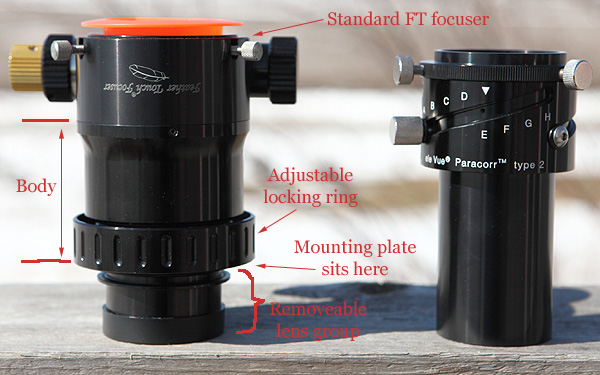 A
photo of the focuser-mounted Paracorr Type 2 (left in the photo) and
the new
"drop-in" Paracorr Type 2 (right) is shown. The "drop-in"
version looks similar to the standard Paracorr, though the adjustment
positions are now designated with a letter rather than an unidentified
line. With the lines, I could never remember if all the way
in
was position 1 or position 5! Now, there is no
ambiguity.
The adjustment is smooth and a single locking screw holds it firmly in
place.
A
photo of the focuser-mounted Paracorr Type 2 (left in the photo) and
the new
"drop-in" Paracorr Type 2 (right) is shown. The "drop-in"
version looks similar to the standard Paracorr, though the adjustment
positions are now designated with a letter rather than an unidentified
line. With the lines, I could never remember if all the way
in
was position 1 or position 5! Now, there is no
ambiguity.
The adjustment is smooth and a single locking screw holds it firmly in
place.The focuser-mounted unit consists of a standard FeatherTouch focuser sitting on top of the "body" of the unit. At the bottom of the body is an adjustable locking ring that allows the distance from the Paracorr's removeable lens group (at bottom) to be adjusted so that it sits the proper distance from the primary mirror. For this prototype, I set the distance by focusing the moon or bright star on a piece of scotch tape placed across the 1.25" adapter. Simply screw the body in and out of the mounting plate (not shown here, it's still on the telescope) until the image is sharp, and then tighten the locking ring. Voila, you are done. Future production models may adjust a little differently, but the method should be similar. The body height is adjustable between 1.88" and 2.25", so there is 3/8" of adjustment range plus the range of your collimating screws. I lowered the mirror in my 20" F/3 about 1/8" to 1/4" to lower the focuser height slightly.
The lens group unscrews smoothly from the bottom for collimation. I find this operation quite easy, and I do it with the telescope pointed nearly horizontal.
The weight of the unit pictured at left (with mounting plate) and the weight of the unit at right plus a standard FT focuser are nearly identical, at about 2.25 - 2.3 lbs.
Here's a disclaimer - THE DESIGN FOR THE FOCUSER-MOUNTED PARACORR MAY NOT BE FINAL. So, the weights and dimensions I have listed here may change. Already Starlight is working on making the built-in Paracorr unit mount on a standard FeatherTouch mounting plate/base instead of a special threaded plate. This would mean the unit could be swapped out with the focuser only by loosening and tightening a few set screws. So, the design may still evolve a little bit, but I am definitely going to use this on my 20" F/3 and on the 14.5" F/2.55 for the forseeable future.
And
now
back to the frozen
observing......
After a half hour or so we came back out to find seeing conditions greatly improved. The six stars in the Trapezium were ROCK SOLID. There was a lot of detail in the bright portions of nebula despite the nearly-full moon.... and speaking of the moon....
The almost-full moon looked AMAZING. The crater Gassendi was most notable, with fantastic detail visible within and all around Mare Humorum. (I am not an experienced lunar observer and I had to look those up.) Ejecta rays were visible across most of the lunar surface. Even the fully lit portions of the moon showed fantastic detail. (The only comparable or possibly better lunar view I have had was through our uncoated 30" F/3.77 right after I had refigured it.)
Now for an observing feat that I have never managed from 40° north latitude - the companion of Sirius was easily seen for greater than 50% of the time I was looking in the eyepiece! This is pretty much unheard of in the midwest in the winter.
Yes, really, we only had had half a beer each, and we were not suffering from hypothermia! In fact, with my gear on I was having one of the most enjoyable cold-weather observing sessions that I have ever experienced, just outside my garage. Mars was not that high in the sky, but it showed a very clear polar cap and some other markings.
In conclusion, the Paracorr Type 2 performs extremely well at F/3, and the focuser-mounted version saves me a LOT of valuable observing time by eliminating the step of tuning the Paracorr.
Also, again we see that, a thin, fast mirror can provide views with outstanding detail, resolution, and contrast. (Remember, my 20" F/3 is 1.25" thick Pyrex.) If this mirror had been thicker, these views would not have come until much later in the evening, and they might not have come at all if the seeing degraded during the night (which it did by 11:30pm). Bottom line, having the fastest-cooling mirror possible will maximize your quality observing time and allow you to take the fullest advantage of the observing opportunities that you are presented with.
Oh, and by the way, the 20" F/3.3 Super FX Starmaster features a 1.3"-thick quartz primary and a quartz secondary. That is gonna be one fantastic telescope!
-Mike
Lockwood, Lockwood
Custom Optics, Jan 26, 2010

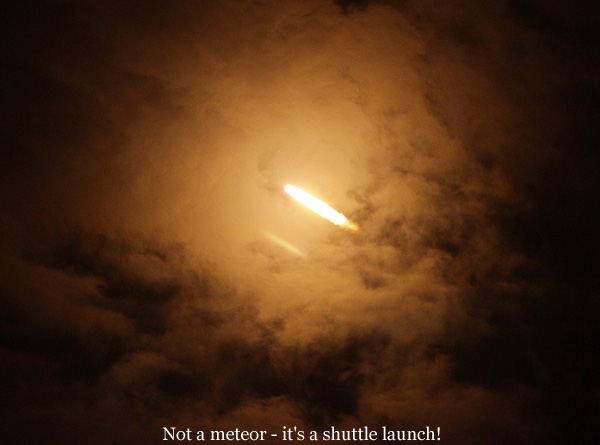
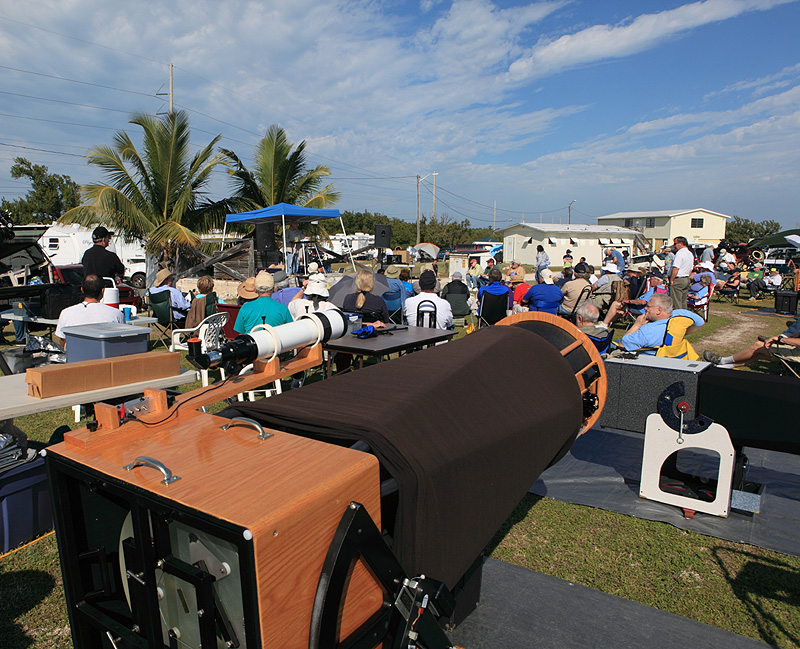
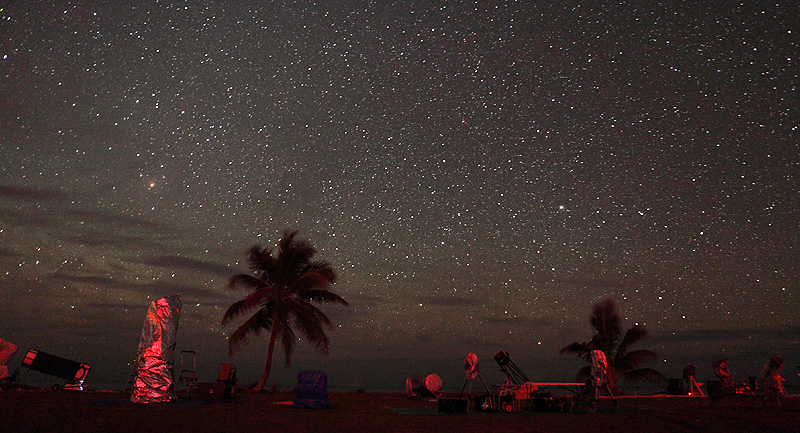
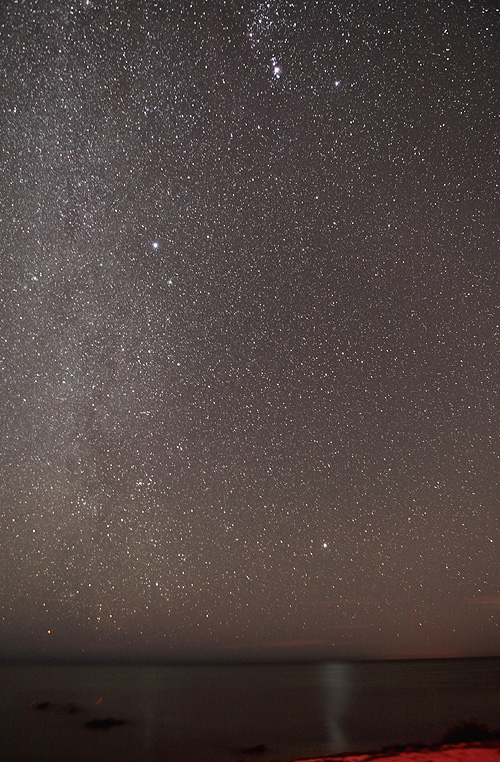
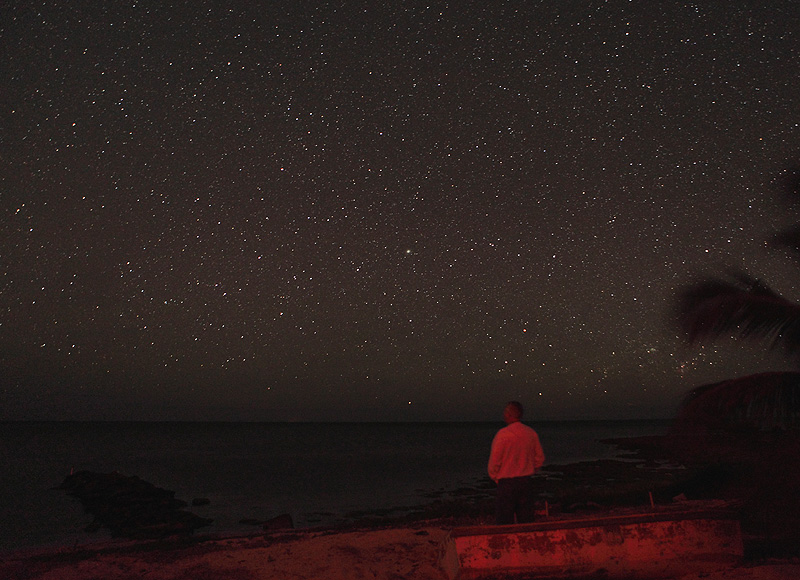
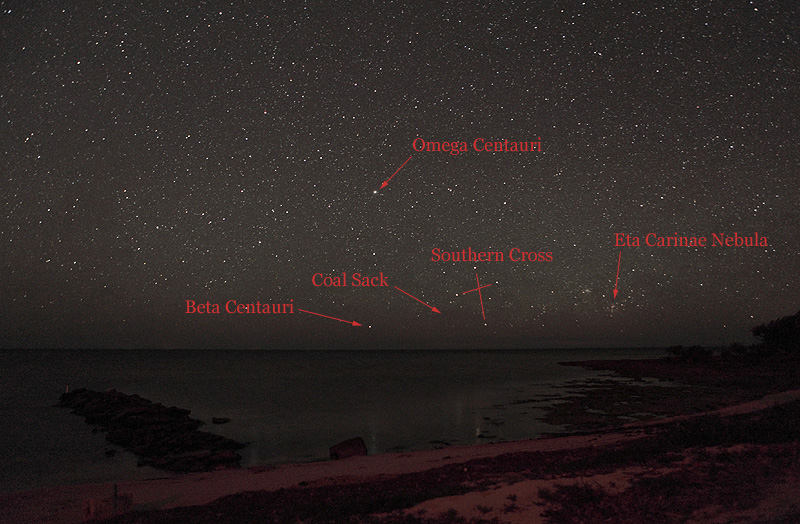
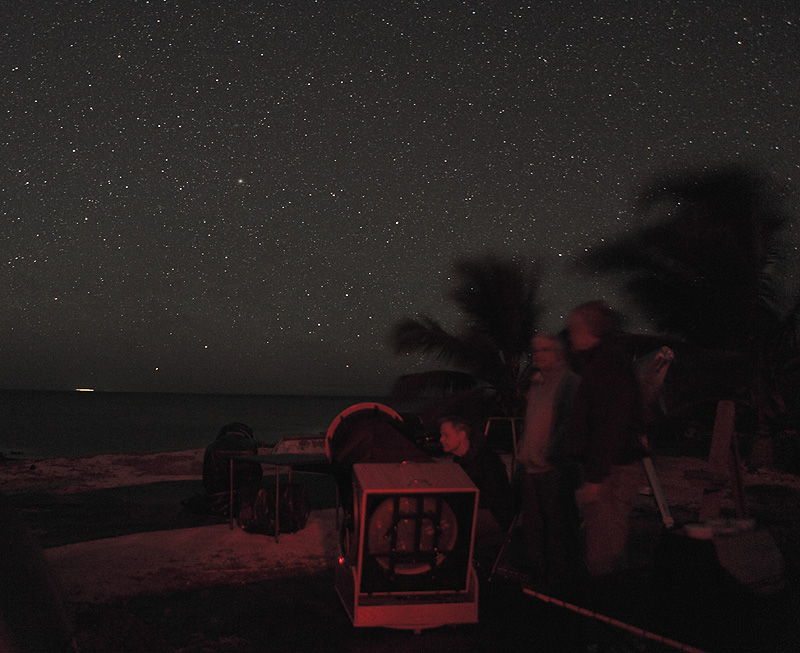
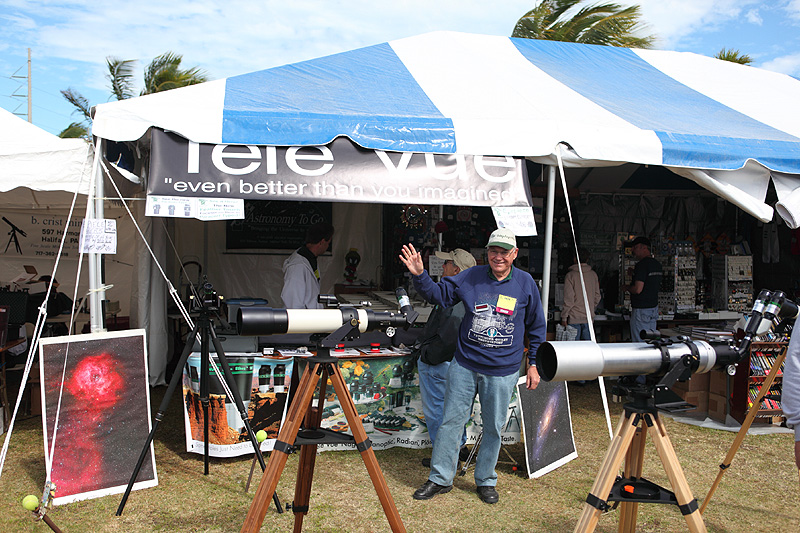
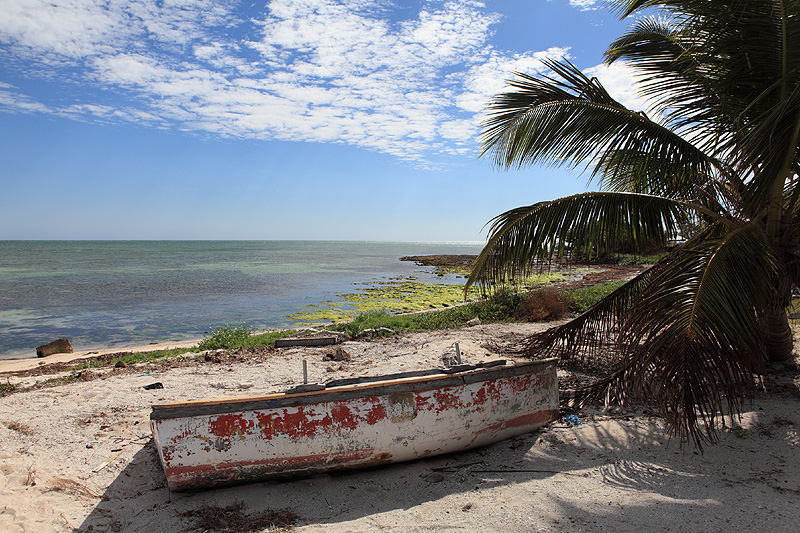
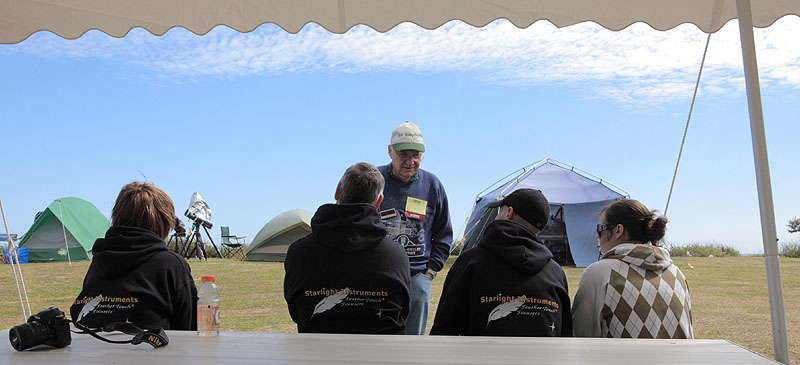
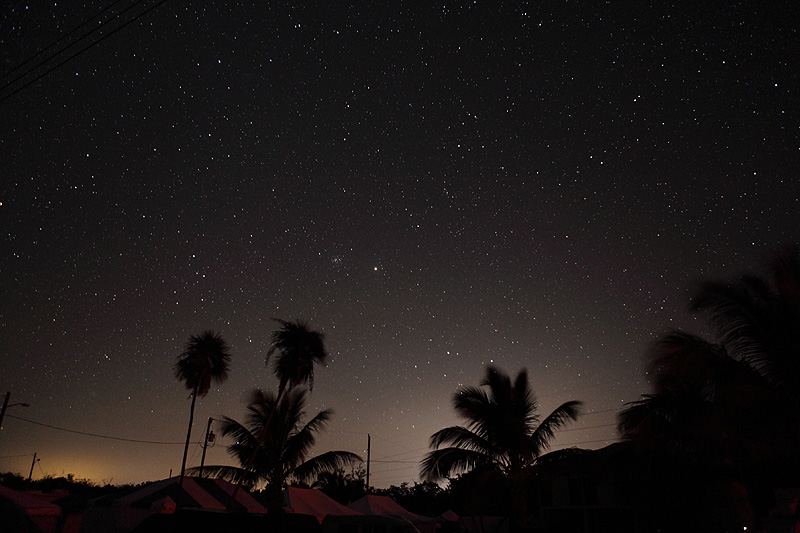

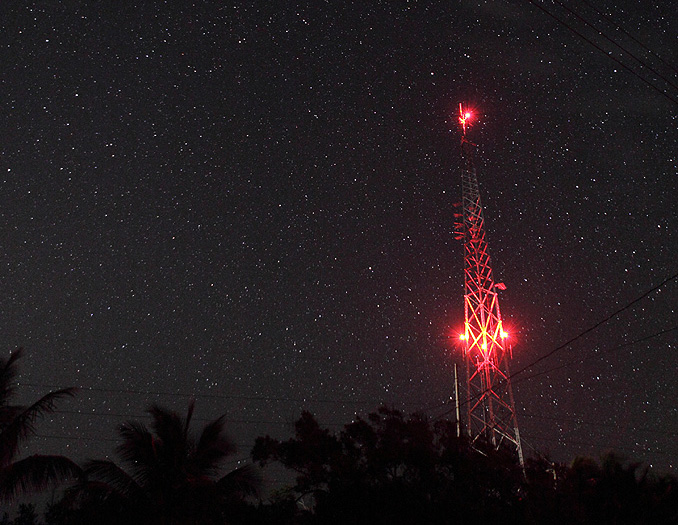
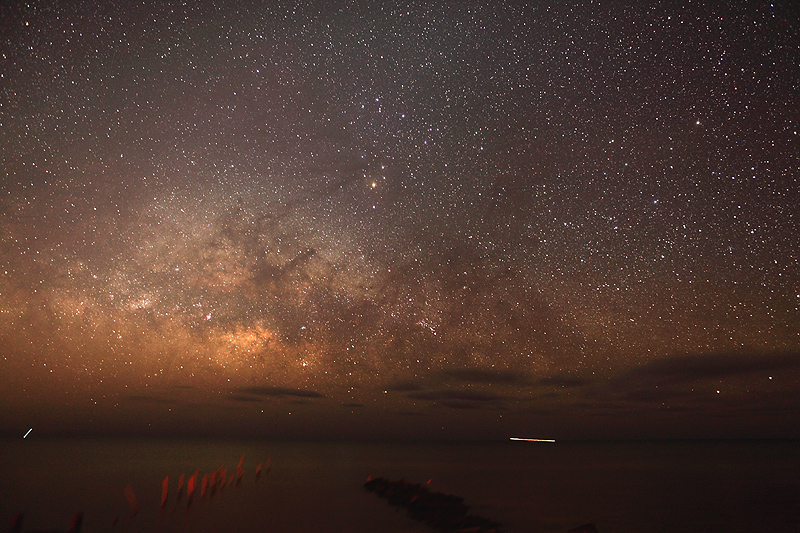
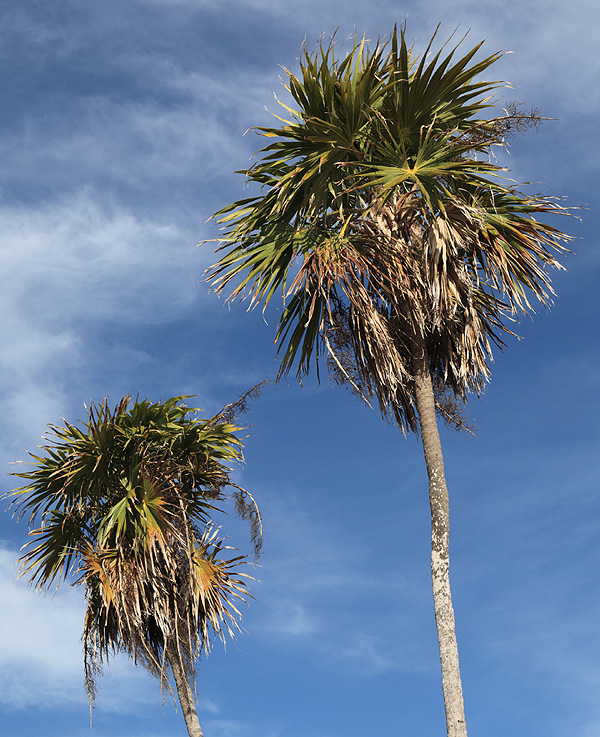 Conclusion,
and back
to the frozen north
Conclusion,
and back
to the frozen north